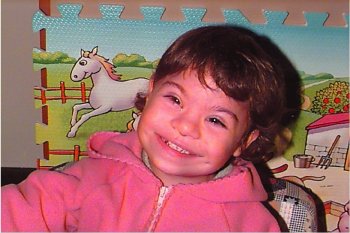Perrino Hospital Division of Pediatrics
Clinical Physiology Institute
National Research Council of Italy (IFC-CNR), Lecce Section
Piazza Antonio Di Summa, IT-72100 Brindisi, Italy
Tel. +39 0831 537 471. Fax. +39 0831 537 861
Acta Pædiatr 2002;91(12):1291-3
Commentary
